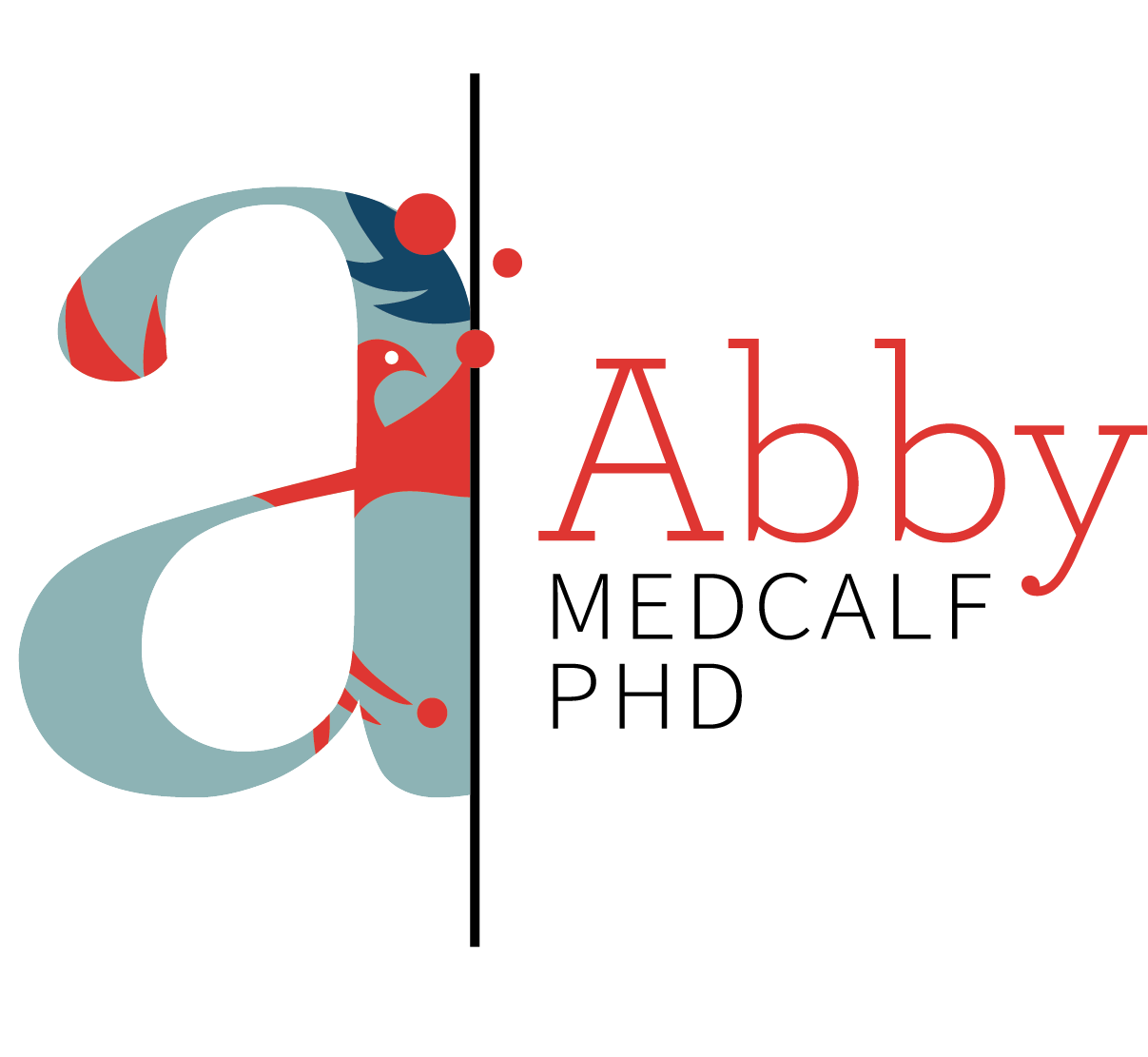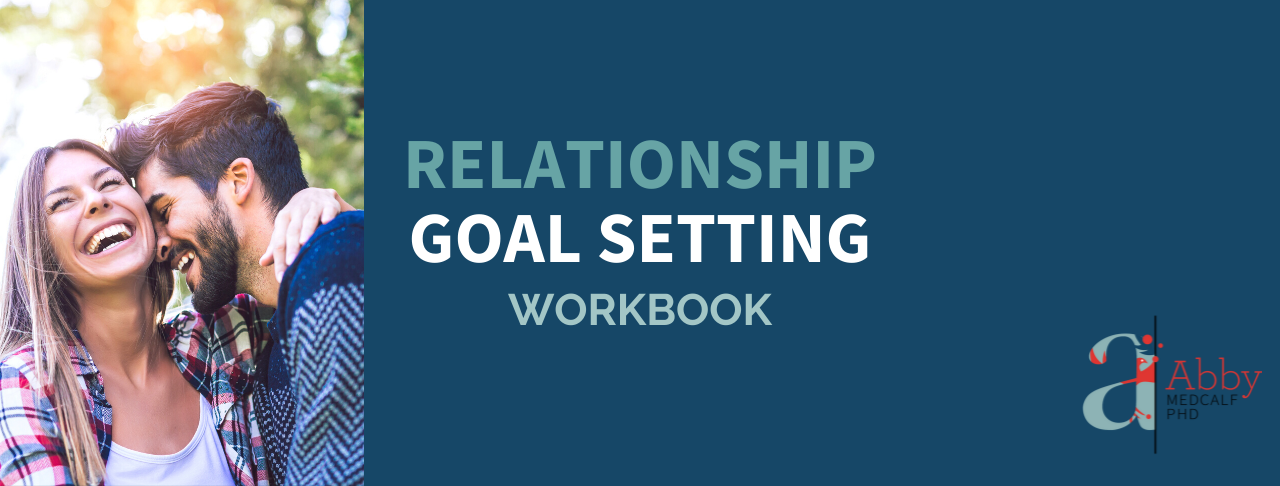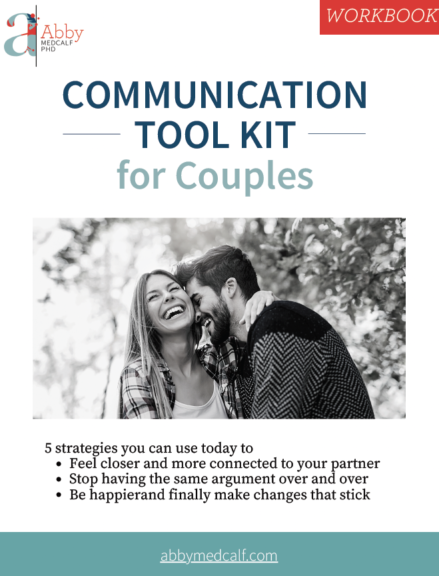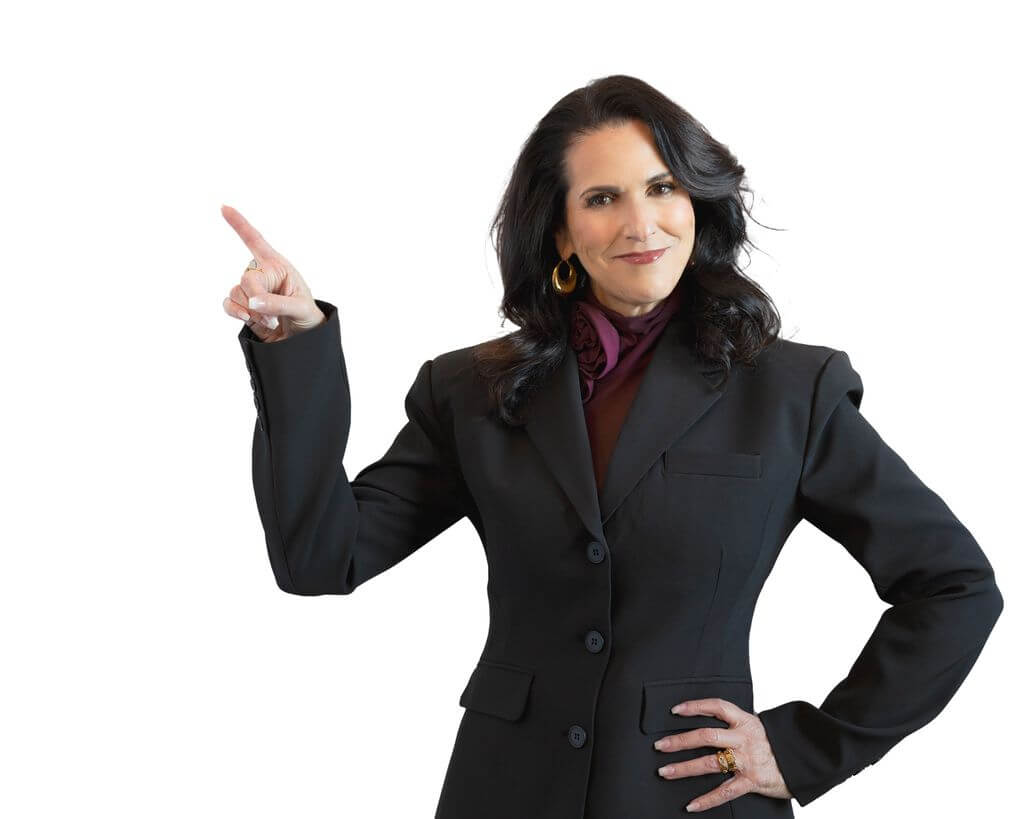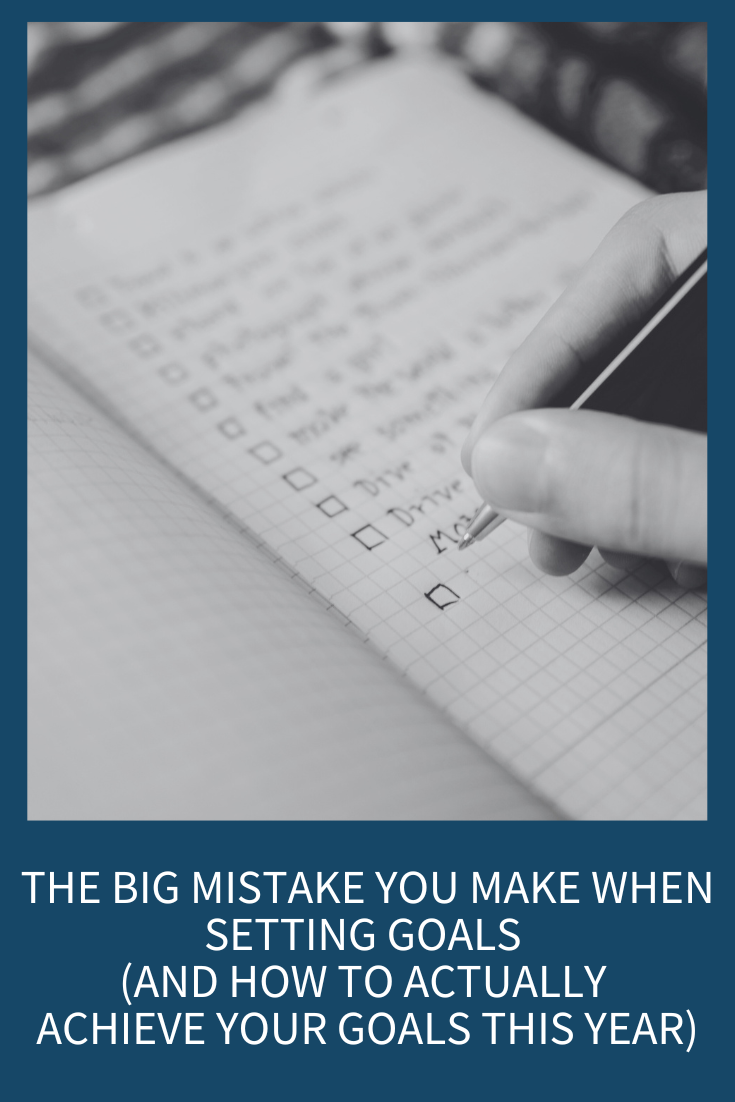
Let’s face it: setting goals is easy, but sticking to them? That’s a whole different story. How many times have you started the year determined to crush your goals, only to lose steam a few weeks later? The struggle is real, and you’re not alone. Studies show that only 19% of people maintain their New Year’s resolutions by the two-year mark. So why is it so hard to stick with what we set out to do? Today we’ll talk about the biggest mistake you make when setting goals and what you can do differently to create lasting success in 2025 and beyond.
7-minute read
Introduction
There you are, ready to kick ass starting January 1st. You’ve set the goal; you’ve prepared, and it’s mid-January and you’re killing it! But, by February 1st, you’ve likely already given up. In fact, research studying New Year’s resolutions over a two-year period found that although 77% of participants maintained their resolutions for one week, this number declined to 19% after two years. So, it’s not just you. Most people start with great intentions, but sustaining those resolutions over the long term proves challenging.
Why is this so universally hard? Because you’re focusing on the goal, and not how you feel.
The Big Mistake You Make When Setting Goals: Ignoring Your Feelings
The biggest mistake people make is setting logistical goals before feelings goals. What you want to do first is decide how you want to feel in 2025, next week, or later today. When you’re clear on how you want to feel, it will not only make it easier to stick to your goals (which I’ll explain in a moment) but will also change the very goals you set!
Many years ago, I read a wonderful book by brothers Chip and Dan Heath called Switch: How to Change Things When Change Is Hard. In it, they use a brilliant metaphor to explain why change, including sticking to goals and resolutions, can be so difficult: the Rider and the Elephant. (This idea was originally developed by Jonathan Haidt in his incredible book, The Happiness Hypothesis, but they did an excellent job adapting it to why change is difficult). Understanding that this is how your brain works will go a long way to helping you achieve goals you set for yourself.
The Rider and the Elephant Metaphor
So, let me quickly explain this Rider and Elephant metaphor. Literally, think of some huge Elephant with a little person on top riding and steering him (I’m sure you’ve seen this on a nature show or maybe even in person). In our case, the Rider represents your logical, rational mind. It plans, analyzes, and sets goals. The Rider is great at coming up with strategies like, “I’ll wake up early to go to the gym,” or, “I’ll eat more vegetables this week.”
And then there’s the Elephant. The Elephant is your emotional, impulsive side. It’s driven by desire, fear, and comfort. While the Rider might set a goal to eat healthier, the Elephant craves chocolate cake or a stiff drink after a stressful day. The Elephant, of course, is more powerful than the Rider, so if they’re not aligned, the Elephant will overpower the Rider pretty easily.
There’s a last part of this change equation that the Heath brothers call, the Path. The Path represents your environment or circumstances. If the Path is clear (i.e., your environment supports your goals), change is easier. If the Path is cluttered with obstacles (like junk food at home or no accountability system), the Rider and Elephant will struggle to make progress.
Are you ready to stop worrying and feeling like nothing is ever going to change in your relationship? Use these proven steps to create connection and happiness in your relationship for the long-term.
Why This Matters for Resolutions and Goals
The metaphor explains why logical goal setting often fails:
- The Rider (logic) sets the resolution: “I’ll exercise every day.”
- The Elephant (emotion) resists: “I’m tired, it’s cold outside, and Netflix is calling.”
- The Path isn’t clear: There’s no set plan, your workout clothes are buried in the laundry, and your gym is 20 minutes away.
Ultimately, when the Rider and Elephant are not aligned, change feels impossible. The Rider knows what to do, but the Elephant resists because change feels too big, scary, or uncomfortable.
In The Happiness Hypothesis, Haidt emphasizes that the Elephant (emotion) drives action, while the Rider (logic) can only steer. If the Elephant isn’t motivated or engaged, the Rider’s efforts will fail. This highlights why we often fail to follow through on resolutions—logic alone isn’t enough. Resolutions based solely on willpower or intellectual reasoning rarely succeed because they don’t address the Elephant’s emotional needs.
What’s the Best Approach Given This Framework?
To succeed in sticking to goals, you need to align the Rider, the Elephant, and the Path. Here’s how:
1. Direct the Rider: Give Clear Directions
The Rider likes clarity and plans but can get overwhelmed by complexity. Break goals into small, actionable steps.
- Example: Instead of saying, “I’ll get fit this year,” say, “I’ll walk for 20 minutes every night after dinner.
- Tie goals to your long-term purpose or identity. For example, “I’m a healthy, active person” gives the Rider a guiding principle.
2. Motivate the Elephant: Tap into Emotions
You must inspire the Elephant to want to change. Focus on emotional benefits rather than just logical reasoning.
- Visualize Success: Imagine how you’ll feel once you achieve the goal. For example, picture yourself running a race or feeling confident in your body. Imagine yourself picking out clothes in the morning that all look great on you. You’re not trying to hide anything!
- Find Your “Why”: Ask yourself, “Why does this goal matter to me?” Connect it to a deeper emotional driver, like improving your health to be there for your kids.
- Shrink the Change: Start small so the Elephant doesn’t feel overwhelmed. Instead of committing to a 60-minute workout, start with that 5-10 minutes of walking after dinner.
3. Shape the Path: Make the Environment Work for You
Your environment should make it easy to stick to your goals.
- Remove Obstacles: For example, if you want to eat healthier, don’t keep junk food at home.
- Create Triggers: Tie your new habit to an existing one. For example, “After brushing my teeth, I’ll do 10 pushups.”
- Build Accountability: Share your goal with someone or join a group with similar goals.
4. Celebrate Small Wins
Celebrating even tiny progress creates emotional momentum for the Elephant. For example:
- Track your workouts or journal about your successes.
- Reward yourself for sticking to your habit, like watching your favorite show after completing a task.
Example: Applying the Rider, Elephant, and Path to Fitness Goals
Let’s say your resolution is to exercise more:
- Direct the Rider: Set a clear, specific goal, like walking 10,000 steps daily or attending three yoga classes per week. Write it down and track your progress.
- Motivate the Elephant: Find a reason that excites you emotionally. Maybe you want to feel confident in your favorite jeans or have more energy to play with your kids. Start small: take a 5-minute walk to build momentum.
- Shape the Path: Lay out your workout clothes the night before and schedule workouts at a time when you have the most energy. Remove barriers by choosing a gym close to home or creating a home workout space.
Final Thoughts
The Rider and Elephant metaphor beautifully illustrates why change is so hard and why so many of us struggle to stick to goals. If your resolutions have failed in the past, it’s not because you’re lazy or lack willpower—it’s because the Rider and Elephant weren’t working together, and the Path wasn’t clear.
The good news? You can harness the power of this framework to set yourself up for success. Align your logical mind, your emotional self, and your environment, and you’ll be amazed at what you can accomplish.
Resources for The Big Mistake You Make When Setting Goals (and How to Actually Achieve Your Goals This Year)
Switch: How to Change Things When Change Is Hard by Chip Heath and Dan Heath
The Happiness Hypothesis: Finding Modern Truth in Ancient Wisdom by Jonathan Haidt
Relationship Goal Setting Workbook
Tiny Habits: How Small Changes Get Big Results: An Interview with BJ Fogg
